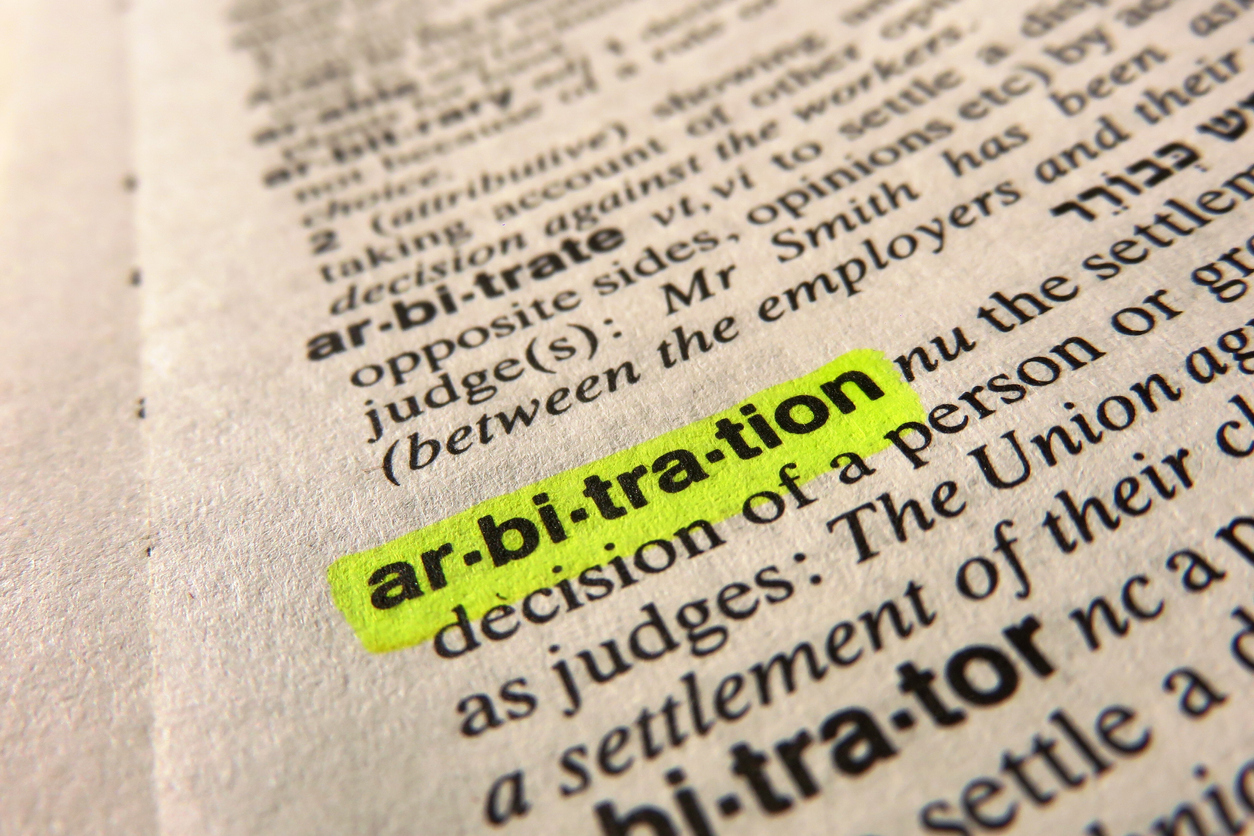Insurance has been woven into the tapestry of human society dating back to ancient times. At its core, an insurance policy is a contract of indemnity between an insurance company and an insured. The policy is subject to the same rules that govern other contracts unless those rules are specifically modified by statute.1
When interpreting an insurance contract, courts follow the generally accepted rules of construction, meaning that insurance contracts are construed according to their plain meaning, with any ambiguities typically construed against the insurer.2 When analyzing an insurance contract, it is important to examine the contract as a whole. Where a policy’s language is clear and unambiguous, courts must interpret the policy according to its plain meaning.3
Still, issues often arise where parties disagree as to the meaning of policy provisions – particularly when the insurer interprets policy language to exclude coverage. These issues commonly arise thanks to ambiguous language included during the drafting process of the insurance contract. Policy language is considered ambiguous if the language has more than one reasonable interpretation.4
Modern insurance policies are contracts of adhesion.5 In law school, we called these “take it or leave it” contracts. This means that the insured must accept or reject a policy in its entirety as provided by the insurer, with little power to negotiate the provisions of the insurance contract. Due to insurance policies being contracts of adhesion, it is even more important that insurance contracts can be understood by ordinary people and not just insurance professionals. Courts and commentators continually underscore the necessity to write insurance policies in simple language rather than complex technical jargon.6
To protect the policyholder, many jurisdictions now honor the insured’s reasonable expectation of policy protection.7 This principle asserts that policy provisions should be drafted in a way that policyholders can understand. The reasonable expectation principle has justified numerous decisions granting coverage to an insured in circumstances where the policy language appeared to deny benefits. In summary, the reasonable expectation principle operates for the policyholder’s protection. Still, contract interpretation favoring the insured does not guarantee that an insured will recover regardless of the contract’s wording because an insurance contract must be construed reasonably.8 Judicial interpretation must adhere to the language of the policy as an accurate representation of the parties’ actual intent.9 The freedom of contract should still preserve the contract’s validity if the insured had obvious notice and adequate opportunity to evaluate the policy’s faults.10
In the past, Florida courts allowed insurance carriers to present extrinsic evidence, such as internal operating guidelines, to clarify or explain ambiguous policy language. However, the Florida Supreme Court changed this by establishing that when an insurance policy is ambiguous, the provision must be construed strictly against the insurer and in favor of coverage, without considering extrinsic evidence that could be used to possibly clarify the ambiguity:11
[W]here the provisions of an insurance policy are at issue, any ambiguity which remains after reading each policy as a whole and endeavoring to give every provision its full meaning and operative effect must be liberally construed in favor of coverage and strictly against the insurer.Florida case law cited by Washington National that allows extrinsic evidence to clarify latent ambiguity in contracts other than contracts of insurance does not govern the resolution of the question now before this Court. Moreover, the ambiguity in this case is patent rather than latent, in that it appears on the face of the contract.
This means Florida courts hearing insurance policy coverage cases must consider policy words and not other extrinsic evidence to try and uncover the meaning behind the words drafted by the insurance carrier. The insurance carrier has the burden to clearly define the circumstances that limit or exclude coverage. Insurance carriers should not be given the chance to offer explanations to their intended interpretations of the policy; instead, intended coverage should be clear when the policies are issued. This decision to preclude the use of extrinsic evidence marked a significant victory for Florida policyholders.
__________________________________
1 J. Appleman, Insurance Law and Practice §2108 (rev. ed. 1969 & Supp. 1981).
2 Swire Pacific Holdings, Inc. v. Zurich Ins. Co., 845 So. 2d 161, 165 (Fla. 2003).
3 State Farm. Mut. Auto. Ins. Co. v. Menendez, 70 So. 3d 566, 569 (Fla. 2011).
4 Id.
5 Restoration 1 of Port St. Lucie v. Ark Royal Ins. Co., 255 So. 3d 344 (Fla. 4th DCA 2018).
6 Reutershan & Kunze, Who Wants a New Insurance Policy? 24 Drake L. Rev. 753 (1975).
7 Bandura v. Fidelity & Gaur. Life Ins. Co., 443 F. Supp. 829, 832 (W.D. Pa. 1978).
8 Young, Lewis & Lee, Insurance Contract Interpretation Issues and Trends, 1975 Ins. L.J. 71, 77 (1975).
9 Excelsior Ins. Co. v. Pomona Park Bar & Package Store, 369 So.2d 938, 942 (Fla. 1979).
10 F. Pollock & F Maitland, History of English Law 233 (2d ed. 1968).
11 Wash. Nat’l Ins. Corp. v. Ruderman, 117 So. 3d 943, 95 (Fla. 2013).




